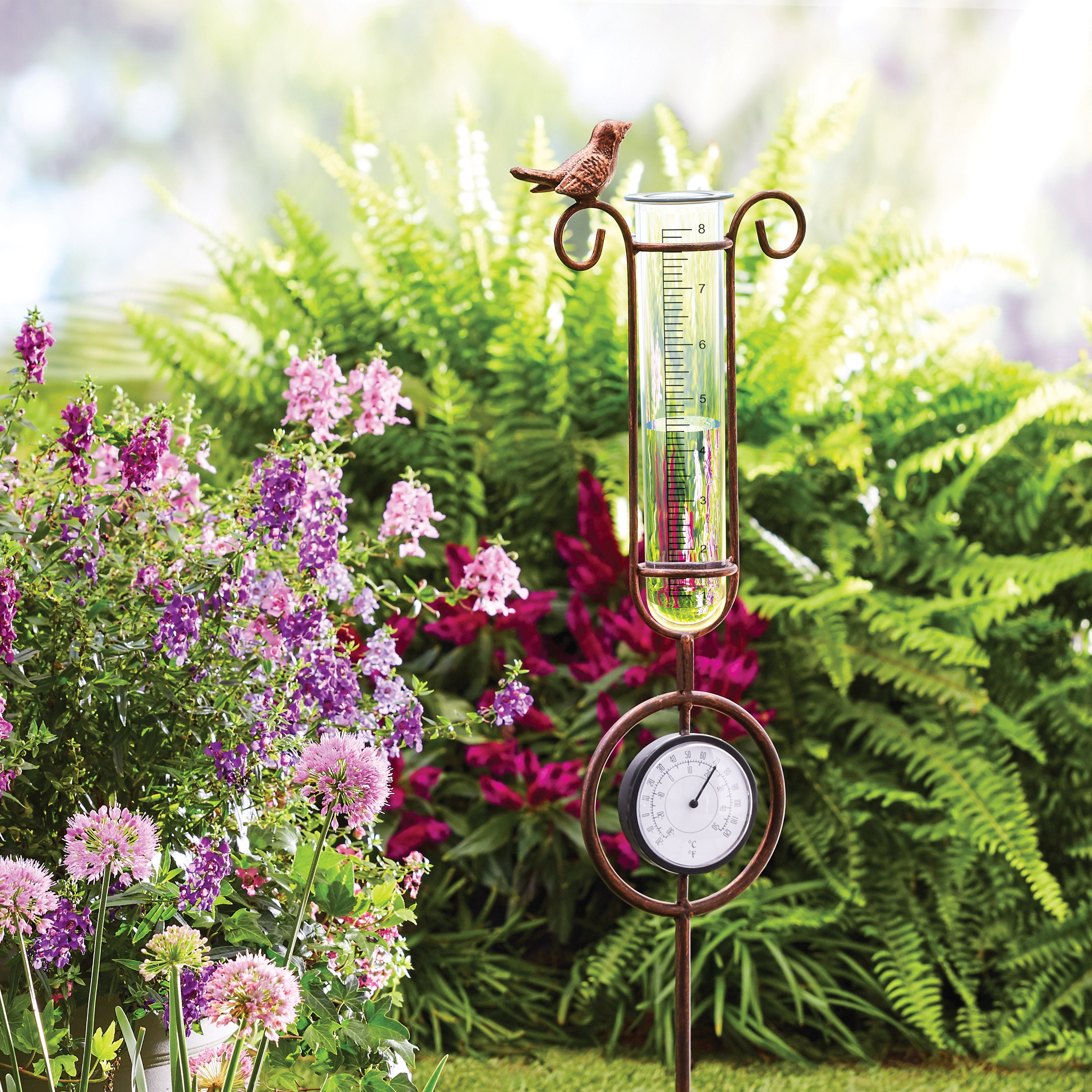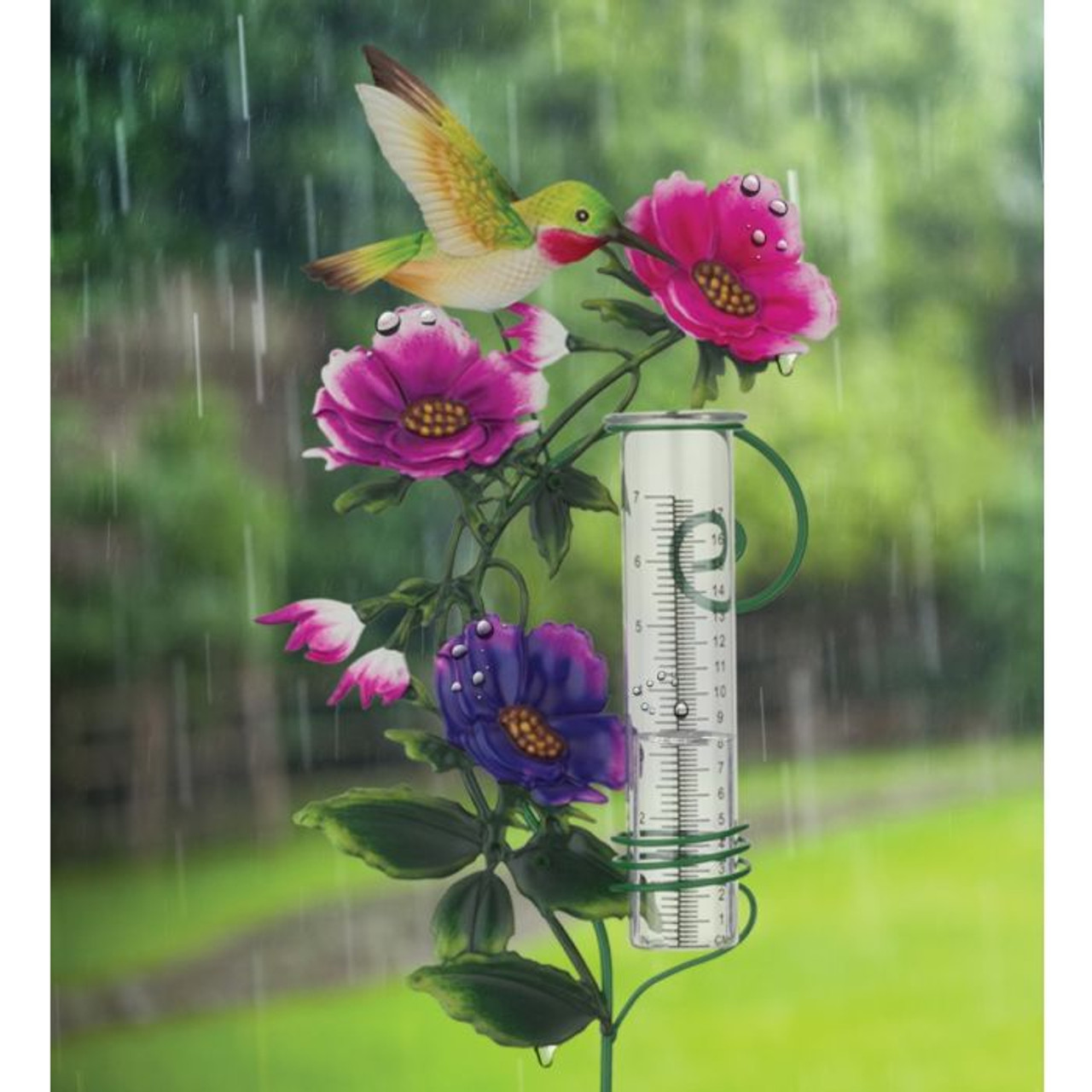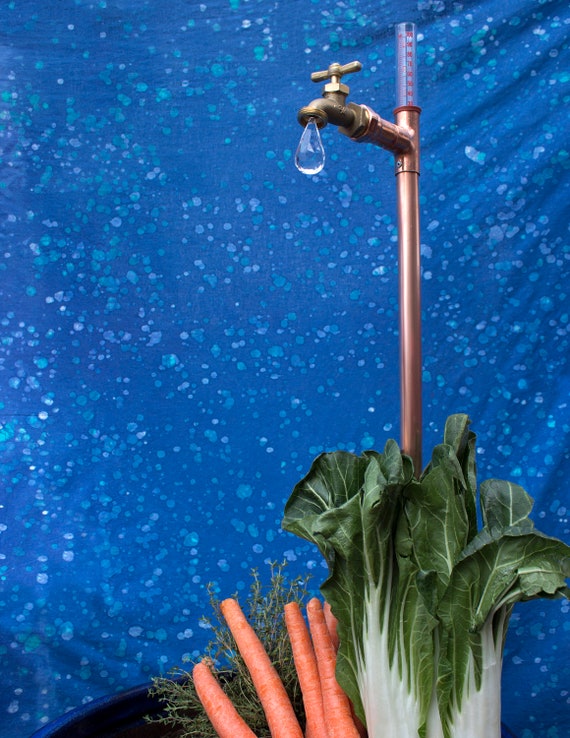Study The Rain Gauge: From Historical Development to Modern Applications
Wiki Article
Exactly How to Choose the Right Rainfall Gauge for Accurate Rain Data
To obtain trustworthy measurements, it is important to select the ideal rain gauge. Considering factors such as area, type, and accuracy of the rainfall scale will certainly aid ensure exact information collection. In addition, understanding the maintenance and calibration procedures will certainly add to the durability and dependability of your rain gauge.Relevance of Picking the Right Rainfall Scale
The importance of selecting the appropriate rainfall gauge depends on obtaining trustworthy and specific rainfall data for accurate meteorological analysis. Rain information is vital for a vast range of applications, consisting of climate projecting, hydrological modeling, and climate research. Imprecise or undependable information can lead to incorrect conclusions and flawed decision-making procedures.
Secondly, the accuracy and accuracy of the rain scale are extremely important. The gauge needs to be able to measure rains with high precision, recording also tiny quantities of precipitation accurately. It must also reduce mistakes because of evaporation, wind, and other environmental variables. Routine calibration and maintenance are vital to ensure ongoing accuracy.
Moreover, the area and installation of the rainfall scale are important considerations. It needs to be put in an open location, far from obstructions that can influence rains dimensions. The scale should be placed at an ideal elevation and angle to prevent splashing and make sure appropriate catchment of rain.
Aspects to Consider When Selecting a Rainfall Scale
When selecting a rainfall gauge, there are numerous essential variables to consider. These factors can significantly influence the accuracy and integrity of the rains information gathered. The very first variable to consider is the type of rain scale. There are different kinds readily available, including common rain gauges, tipping bucket rain evaluates, and weighing rainfall assesses. Each kind has its own advantages and downsides, so it is vital to pick one that finest matches your particular requirements and demands.One more factor to think about is the material of the rain gauge. Rain evaluates can be made of numerous products, such as glass, plastic, or metal. The product chosen ought to be resilient and resistant to weather conditions, guaranteeing that the rainfall gauge will endure the elements and give exact dimensions over time.
Accuracy is additionally a critical factor to consider. Try to find rainfall evaluates that have actually been calibrated and examined for accuracy. Attributes such as anti-splash rings and funnels can additionally enhance the precision of the dimensions.

Finally, think about the environment and setting in which the rain gauge will certainly be used. Various rainfall determines appropriate for various environments, so it is necessary to choose one that is proper for the problems in your area.
Various Kinds Of Rain Evaluates Offered
To better discover the factors to consider when choosing a rain scale, it is vital to understand the different types of rainfall gauges available. The most common type is the conventional rain scale, additionally recognized as the cylindrical rainfall gauge.Another sort of rainfall scale is the tipping bucket rain gauge. This scale utilizes a seesaw-like system to accumulate and determine rains. As the rain comes under the scale, it fills out one side of the container, creating it to clear the water and tip. my site The number of ideas is counted electronically to establish the amount of rainfall. Tipping bucket rainfall gauges are prominent for their precision and ability to measure rainfall strength.
A 3rd type of rain scale is the weighing rain scale. As the rainfall drops right why not find out more into the scale, it is accumulated in a container linked to a balance.
Ultimately, there are also remote rainfall determines that use advanced technology to determine rainfall (The Rain Gauge). These assesses usage sensors and transmitters to send information wirelessly to a central system. Remote rainfall determines are convenient for checking rainfall in hard-to-reach areas or for large data collection
Exactly How to Figure out the Precision of a Rainfall Gauge
One way to examine the precision of a rainfall scale is by carrying out normal calibration dimensions. Calibration entails comparing the readings of a rainfall scale to a typical measurement, such as a qualified rainfall scale or a weather condition terminal with high accuracy. By contrasting the measurements, any type of inconsistencies or mistakes in the rainfall gauge can be recognized and represented.To carry out a calibration dimension, begin by gathering rains information from both the rainfall gauge and the basic dimension device over a details amount of time, such as a month. Then, contrast the analyses and compute the difference in between them. This distinction is called the calibration error.
It is essential to keep in mind that calibration dimensions ought to be performed frequently, as ecological aspects, such as debris, temperature, and wind, can affect the accuracy of the rain gauge with time. By carrying out informative post regular calibrations, any type of adjustments in the precision of the rain scale can be spotted and changes can be made accordingly.
In enhancement to calibration, it is additionally recommended to clean and preserve the rain scale regularly to ensure its accuracy. Get rid of any debris or blockages that might affect the precision of the dimensions, and inspect for any type of indications of damages or put on that might need repair work or replacement.
Tips for Keeping and Adjusting Your Rainfall Gauge
Routine maintenance and calibration are vital for ensuring the accuracy and reliability of your rainfall gauge in gauging rainfall data (The Rain Gauge). By adhering to a few easy tips, you can make sure that your rainfall gauge is appropriately kept and adjustedTo start with, it is essential to cleanse your rainfall scale on a regular basis to stop any kind of particles or dust from blocking the rain collection device. Use a soft brush and a moderate cleaning agent to delicately clean up the inside and beyond the scale. Wash it completely with tidy water and enable it to completely dry entirely prior to reinstalling it.
Secondly, it is recommended to adjust your rain scale at the very least as soon as a year. Calibration entails comparing the dimensions of your rain gauge with those of a trusted and exact reference scale. This will assist you determine and deal with any type of potential mistakes in your rain gauge's dimensions.
To adjust your rainfall gauge, gather a well-known volume of water using a determining container and contrast it with the measurements taped by your rainfall scale. Change the readings accordingly to ensure precision.

Conclusion
In final thought, selecting the right rainfall scale is critical for acquiring precise rainfall information. Variables such as purpose, budget, and place ought to be considered when picking a rainfall scale.There are different types offered, including basic rain evaluates, tipping bucket rainfall assesses, and considering rain gauges.To better explore the factors to consider when selecting a rainfall gauge, it is crucial to understand the different kinds of rainfall determines readily available. The most typical type is the standard rainfall scale, additionally known as the cylindrical rain gauge.Another type of rain scale is the tipping bucket rain gauge. Calibration entails contrasting the readings of a rain scale to a basic dimension, such as a licensed rain gauge or a weather condition terminal with high accuracy.
Report this wiki page